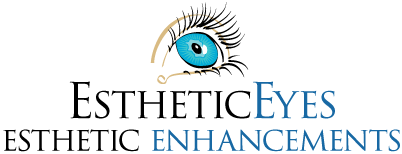Artificial Eye: An artificial eye is an acrylic eye that can restore the appearance of the face.
Anopia: absence of eyes.
Anophthalmia: congenital absence of eyes.
Anterior: front surface.
Canthus: (medial)- demarcation between the sclera and nasal corner of the eye.
Collarette: color ring around the pupil.
Conformer: plastic or silicone shell usually inserted after surgery to Help form the socket and support the eyelids.
Conjunctiva: mucous membrane that lines the eye socket and covers the implant.
Cornea: clear covering on the eye.
Cul-de-sacs: tissue pockets within the socket cavity.
Edema: swelling.
Enucleation: an operation where the globe of the eye is removed and a surgical implant is fitted to replace it.
Evisceration: involves replacing the contents of the globe with a surgical implant. Both enucleation and evisceration involve the conjunctiva being sutured across the front of the implant.
Eye Prosthesis: yet another name for an artificial eye.
Glass Eye: before the use of acrylic, artificial eyes were often made out of glass. This is very rare now, but may still be required in some special situations.
Implant: Usually a spherical device placed in the socket at time of surgery to replace orbit volume after removal of the eye or its contents. Normally made of acrylic Plastic, Silicone or Bio-compatible material.
Inferior: lower, as in inferior eyelid.
Integrated Implant: an implant such as (Bio-eye) or (Medpor) that allows the muscles of the eye to be directly attached to it, and in turn transfers the motion from the implant to the artificial eye via a peg system.
Ocularist: the person who makes your artificial eye.
Prosthetic Eye: another name for an artificial eye. The word prosthetic simply means an artificial part of the body.
Glossary of frequently used terms in the Ocularist’s office. Are there any terms you would like to see covered that aren’t here? Please leave a comment.

